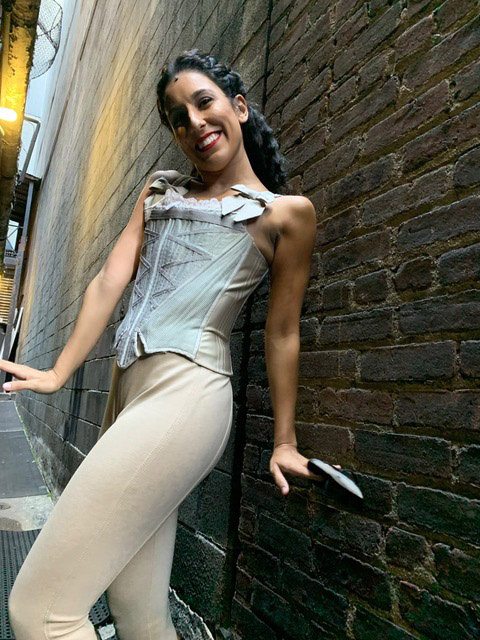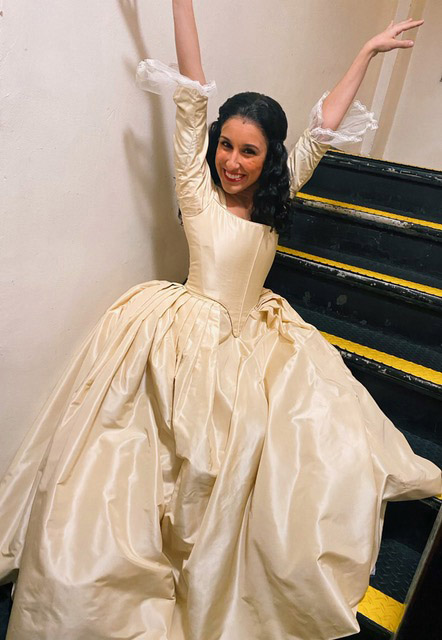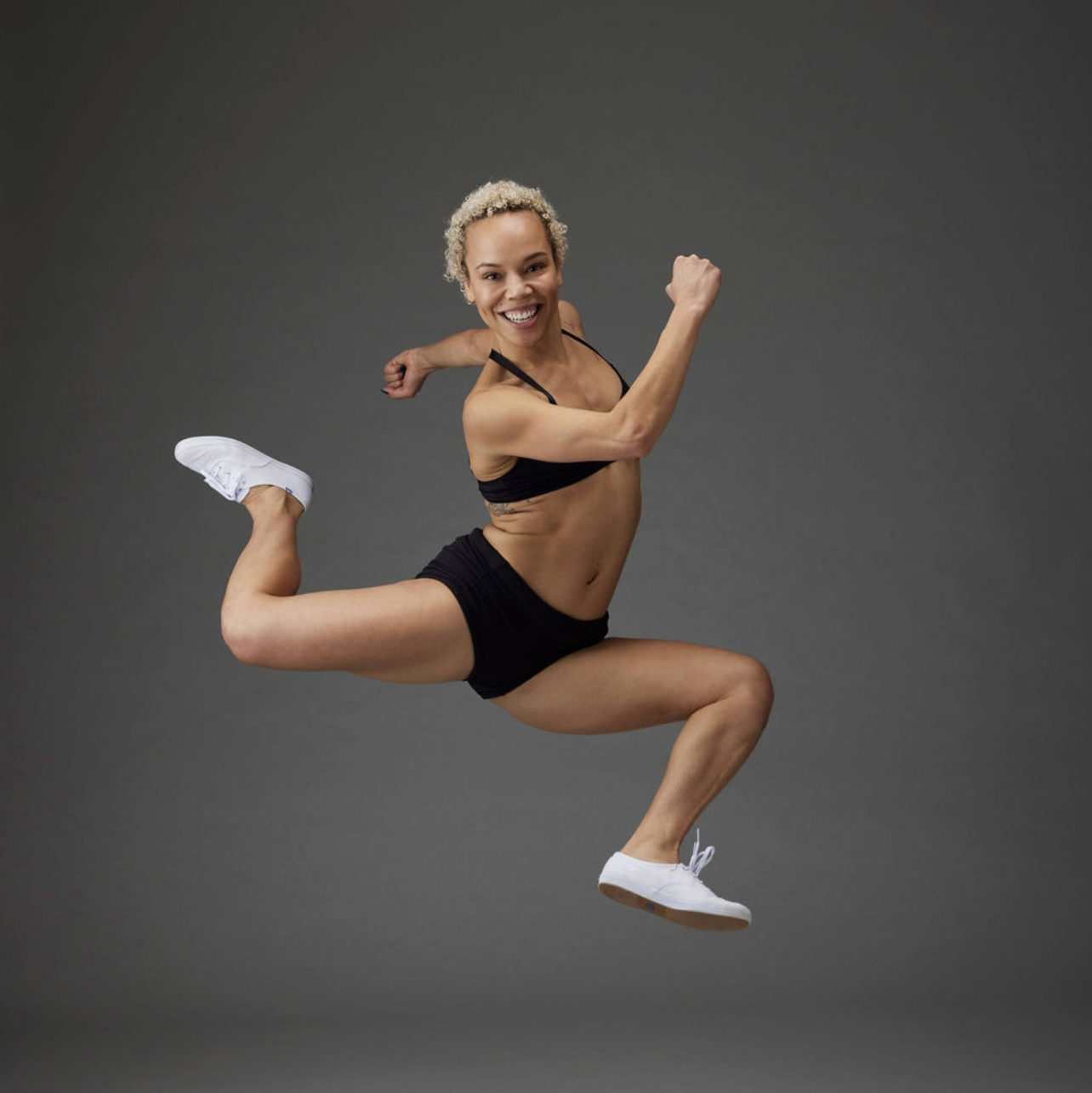A Salute to Swings: Inside Broadway’s Most Underrated Role
As productions fought to stay onstage as the Omicron variant surged this winter, a spotlight shone on the true heroes of Broadway: swings and understudies. For the first time, mainstream audiences were learning of their indispensability through newspaper articles and viral social media videos. “I’m emotional because it humbles me,” Hugh Jackman said in a curtain call speech captured on video at a December Music Man performance in which Kathy Voytko, a swing, stepped in for Sutton Foster as Marian Paroo. “The courage, the brilliance, the dedication, the talent. The swings, the understudies, they are the bedrock of Broadway.”
What does it actually involve to be a swing in a musical? These performers cover up to a dozen ensemble parts (and sometimes principal characters) in a musical, and take the stage whenever one of those cast members cannot perform because of illness, injury or vacation. Standard swings are required to be at the theater each night, prepared to fill in at any point, while vacation swings are contracted to fill in for predetermined amounts of time for things like vacations, personal days and family leave. How often swings take the stage varies widely depending on the production’s cast size, the number of swings the show has hired, the number of vacation days written into the performers’ contracts, etc.—though some swings who had been performing two or three shows a week pre-pandemic report going on more like five or six times a week once the Omicron variant hit.
For this challenging job, swings earn weekly compensation above the ensemble minimum salary, per Actors’ Equity union guidelines. It’s a niche skill that some performers choose to hone over their entire careers, while others bounce between swing and non-swing opportunities.

The Good, the Bad and the Crazy
For many swings, the most appealing part of their job is the constant change. “Getting to play so many different characters and parts, the work can’t get stale,” says Colby Lindeman, who was recently a vacation swing and dance captain for Wicked and had previously performed as an ensemble member.
“The shows that I do are never the same,” adds Hamilton swing Gabriella Sorrentino. “I am always standing somewhere new, looking at different peoples’ faces. Each performance is unique and special.”




But those exciting benefits also come with the stress of living in a constant state of surprise. “You don’t always know if or when you will be performing,” says Lindeman, who has also been a swing in tours of the Radio City Christmas Spectacular and An American in Paris. “You have to get comfortable with the uncertainty, and be prepared for whatever happens.”

Though there are times where swings have advance notice, they often learn they will be taking the stage just hours before—or mid-show without any warning at all. In 2016, when Sorrentino was a new swing for Broadway’s On Your Feet!, she once heard her name echo over the loudspeaker of her dressing room during intermission: A dancer had been injured and she needed to cover them, despite never having done a full run of the part in rehearsal. The other cast members quickly rallied around, helping her with hair and makeup so she could review, while the dance captains gave her guidance and support. “The stakes felt so high and I was terrified,” Sorrentino says.
“It’s tricky to know how to take care of your body in those moments,” says Tilly Evans-Krueger, who is a swing for Moulin Rouge!. “It’s like, ‘I guess I’ll do a couple push-ups before I get onstage and start kicking my face?’ ”
Sometimes, it gets even more complicated. Once, Sorrentino was onstage for Hamilton and midway through the performance a different performer onstage started feeling sick, and she had to change tracks. After a few minutes that dancer was ready to return, and Sorrentino had to once again switch back to the original track she was swinging for that night. “I have to know the show so completely that I can compartmentalize the various tracks, and not get confused when I flip in and out of them,” she says.
With the pandemic raging on, these extreme experiences have been happening more often. “We have been down so many people that we don’t have enough swings to cover all of the roles,” Evans-Krueger says. “We have had to split tracks up and rush to change choreography so the lifts and things work with less people. It’s been a lot.”
Getting Comfortable With Mistakes

The whirlwind of swinging is bound to come with mishaps. “There have been many times where I’ve gone on for a track that I haven’t done in a while, forgot how large the hat was that I wore, and smacked it so hard with my hand that it went flying across the stage,” Lindeman says. So when it comes to job qualifications, flexibility and a sense of humor are key.
“As dancers, we want to be perfect and do everything right, but there is so much that you can’t control as a swing that you have to be able to move on from mistakes quickly,” Lindeman says. “Most directors, choreographers, dance captains and stage managers understand that it takes a certain kind of person to be able to memorize all of this information and perform under pressure. It’s reasonable to expect mistakes from time to time. Just do your best, and take the time to look back and fix your corrections so you can make improvements going forward.”
For Sorrentino, the secret to being comfortable with occasional imperfection is positive self-talk. “The minute you start to doubt and spiral, those feelings can consume you,” she says. “So I try to stay calm and remember that this is part of the fun of live theater. If I accidentally exit the wrong way, I simply note it so that the next time I do this track, I remember,” she says.
A Different Kind of Essential
To swings who feel isolated by the inconsistent nature of the job, Lindeman encourages a shift in perspective. “Each time I am called onstage is an opportunity to create new bonds,” he says. When Sorrentino isn’t performing, she likes to sit in a space under the stage where the other cast members cross between scenes and say hello, as she watches the show from a monitor there. “I just try to interact with people as much as I can,” she says.
Still, Evans-Krueger says she doesn’t mind being on the periphery from time to time. “Whenever I’m not performing I get to watch and learn from the most incredible artists,” she says. “What happens on Broadway is magnificent—and I know that I’m an important part of that.”

Choreography Retention How-Tos:
It can be difficult to retain choreography that you haven’t done in weeks. Veteran swings suggest running the show offstage to develop your muscle memory. “When I’m not onstage, I will go through the whole track top to bottom either in the dressing room, rehearsal space or even in the lobby of the theater,” swing Colby Lindeman says. “All the swings will band together for this and it becomes an unofficial swing rehearsal.” Wicked is held in a theater with monitors in each of those locations, making it easy to follow the flow of the show.


Must-Have Memorization Tips
There are often subtle differences in choreography and staging between tracks in a show, and one of the best ways to learn them is through tracking sheets (think flash cards) with shorthand descriptions of each performer you cover. Here are some pointers for using them effectively:
• Use a tracking-sheet medium that works for you and your learning style, whether it’s writing your notes down as bullet points, typing them up on your iPad or using photos of the stage to orient yourself.
• Review your tracking sheets before each show you’re performing in, as well as in the wings between scenes.
• Study your tracking sheets one at a time. “I got super mixed-up trying to learn everything as fast as possible,” swing Tilly Evans-Krueger says. “So I switched to just focusing on one track, and once I went on for it, all the others that I had been passively tracking in my mind came together like a puzzle.”




